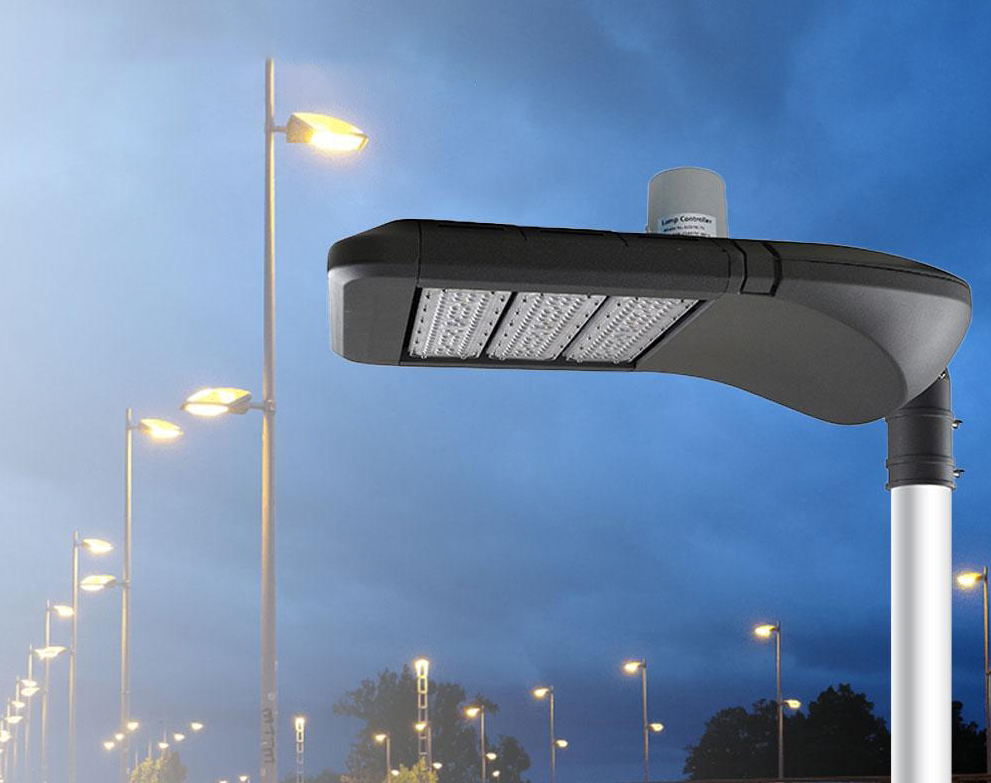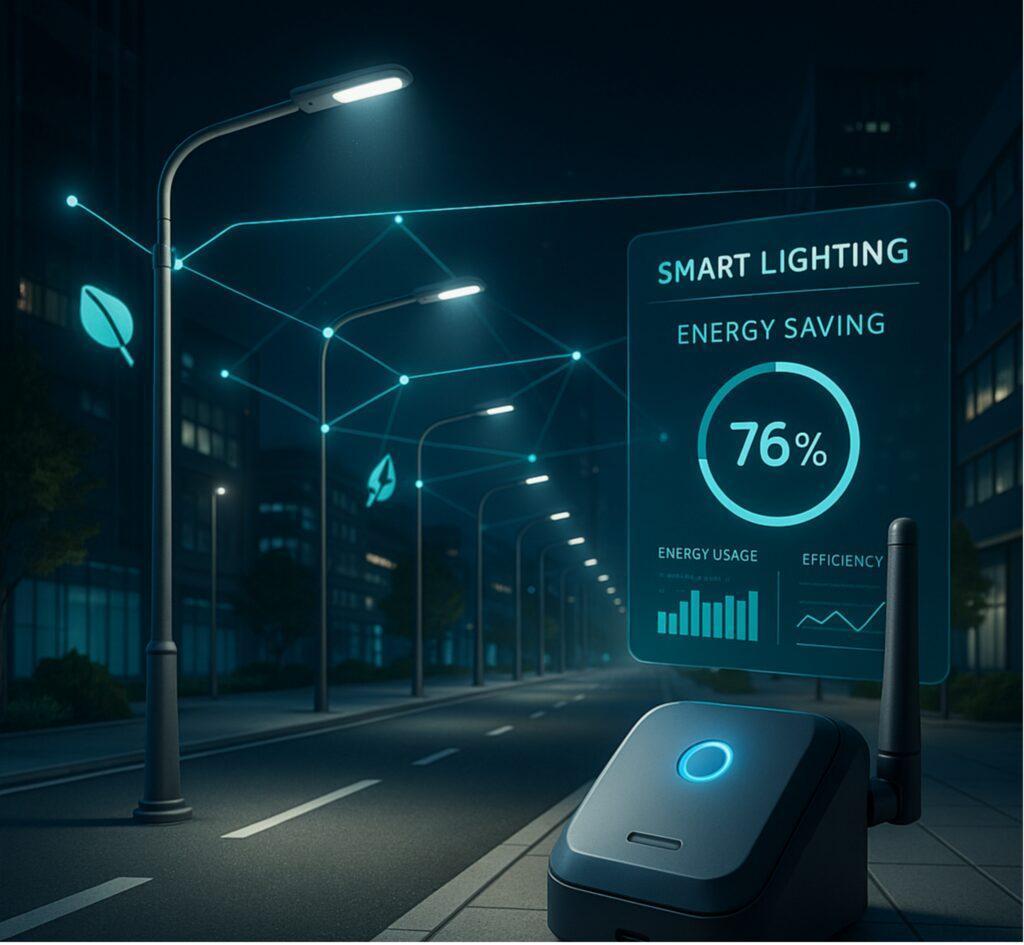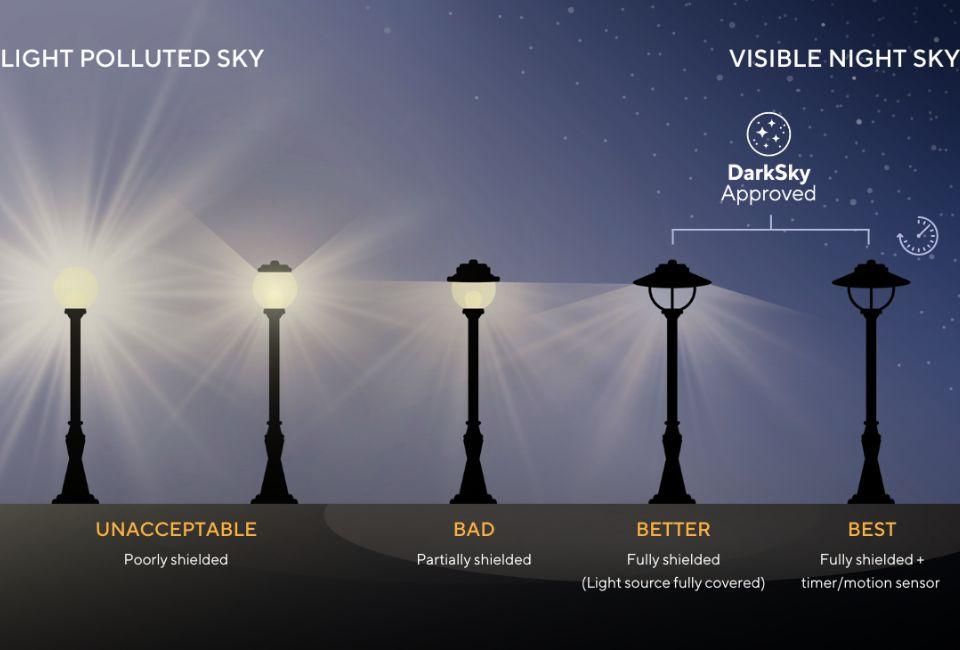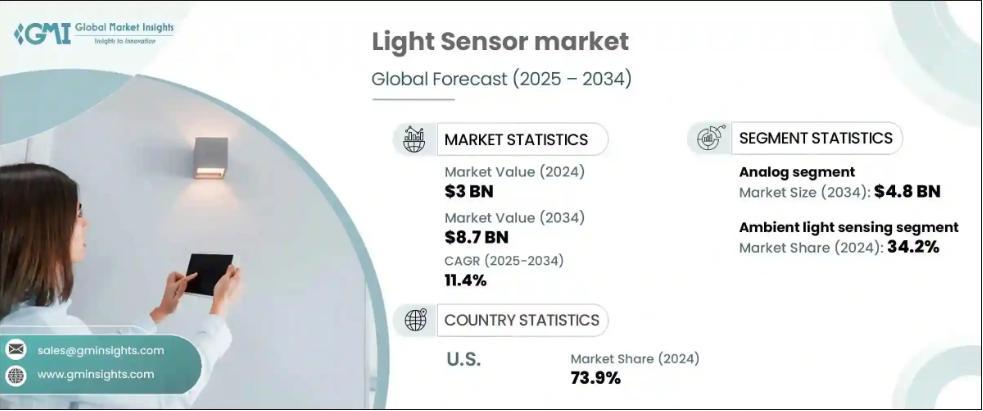Outline
- Introduction
- When Transformers Fail, What Happens to Streetlights?
- How Do Long-Join Photocell Switches Operate in Extreme Voltage Conditions?
- How Does Surge Protection Prevent Catastrophic Failures?
- What Safety Modes Can Municipalities Choose in Case of Failure?
- How Can Remote Monitoring Prevent Blackouts Before They Happen?
- Why Pair Lighting Controls with Contactors for Maximum Reliability?
- What Makes Long-Join’s Approach Different?
- The Bottom Line
Streetlights are supposed to turn on when it’s dark — but what happens when transformers fail? Voltage drops, lights flicker, and entire streets can go dark.
This is more than an inconvenience — it’s a safety risk. Aging infrastructure and storm-damaged grids make this problem worse. That’s why Long-Join photocontrols are designed to keep lights running even when the power isn’t perfect.
In this article, we’ll explore five proven solutions that protect your lighting network and keep your streets lit.

When Transformers Fail, What Happens to Streetlights?
Outdoor lighting systems rely on transformers to deliver a steady voltage. When voltage drops or fluctuates, light photocells lose their reliable input. This disrupts their ability to function properly.
What causes the problem?
Transformers can degrade over time. Ageing insulation weakens. Loose connections form. Overloading puts extra stress on the system. Grid disturbances add to the trouble. Distant faults or short circuits on medium‐voltage lines can trigger sudden dips. Storms can also cause rapid sags in voltage.
What happens to streetlights?
Lights may dim or flicker as the voltage falls. Photocell sensors start failing. They misread darkness. This makes lights stay off too long or turn on late.
In a severe transformer failure, the lights go completely dark. This leaves entire areas without nighttime visibility.
What are the risks?
- Dark streets create safety hazards. Accident risk increases. Crime becomes easier. Pedestrians and drivers are more vulnerable.
- Operational costs go up. Maintenance calls become frequent. Lighting fixtures and sensors face damage from unstable power.
- Infrastructure suffers. Materials wear out faster. Replacement and repair cycles become more frequent.
How Do Long-Join Photocell Switches Operate in Extreme Voltage Conditions?
Long-Join models like JL-205C are built to work across wide voltage ranges. They handle 105–305 VAC reliably. They also support DC versions (12 VDC, 24 VDC) in some variants, useful for off-grid or solar systems.
The JL-243F model supports up to 480 VAC input. It’s designed for high-voltage overhead lighting circuits or areas where voltage spikes are frequent.
Here is a table showing voltage ranges vs typical street light operations.
| Input Voltage (VAC) | Typical Competitor Photocell Status | Long-Join Photocell Status | Impact on Streetlight Operation |
| 305–480 | Failure risk above 305V | Operates normally | Lights stay on, no shutdown |
| 160–305 | Normal operation | Normal operation | Standard lighting cycle |
| 120–159 | Unexpected OFF/ON cycles | Maintains ON state | Prevents dark streets |
| 80–119 | Total failure | Delayed shutdown | Keeps the lighting active longer |
Time-Delay Design
JL-205C includes a preset 3-20 second delay before switching lights on/off. That delay avoids false triggering during brief voltage fluctuations or stray lighting (e.g., lightning or passing beams).
Operational Resilience in Brownouts
Because these light sensor photocell switches tolerate voltages well below traditional minimums, they keep lamps on during brownouts. The wide voltage range prevents premature shutdown when the transformer output dips.
Models maintain functionality even when input voltage drops near lower thresholds. Using JL-205C, lights may still work at ~105 VAC instead of shutting off entirely.

How Does Surge Protection Prevent Catastrophic Failures?
Long-Join dusk-to-dawn photocells include multi-level surge protection to protect against lightning strikes, grid switching, and other transient spikes. These protections guard the internal electronics, ensuring reliable operation even when external voltages spike.
Surge Components
MOVs
Metal Oxide Varistor is used in models like JL-205C. It clamps high‐voltage transients by diverting excess energy to ground, preventing damage to photocell circuits.
In some Long-Join thermal photocontrol switch models (e.g., JL-203C), the MOV protection comes in versions rated 110-235-460 Joules; current surge capacities range between ~3,500 to 5,000 amps depending on the variant.
RC Snubbers
These circuits are used in designs where load switching or inductive kickback (from transformers or contactors) might cause voltage overshoot.
Here is a table documenting Lonhjoin’s protection level.
| Protection Class | Approx. Surge Rating | Typical Use |
| Standard | MOVs ≈ 110 Joule / ~3,500 A (JL-203C base model) | Municipal areas with moderate lightning / occasional surges |
| Enhanced | Versions with ~235 Joule / ~5,000 A MOVs in the same JL-203C lineup | Zones with more frequent surges / close to transformer substations |
| Extreme | Designs that require protection up to 20 kV / 10 kA (e.g., supplier specifications for twist-lock photocontrollers) | Areas with high exposure to storms, lightning, and long overhead lines |
What Safety Modes Can Municipalities Choose in Case of Failure?
Long-Join photoelectric sensors offer two safety modes when things go wrong: Fail-On and Fail-Off. These modes decide what happens to the lights if the photocontrol itself fails.
What is Fail-On vs. Fail-Off?
Fail-On
Lights stay ON when the light photocell sensor fails. The controller may lose its light detection or power, but the circuit is closed, so lighting continues.
Ideal Use Scenarios
Important infrastructure like high-traffic roads or busy intersections.
Why
Keeps illumination even if the control goes out. Enhances safety at night. Prevents dark spots that can cause accidents.
Fail-Off
Lights turn OFF if the control fails. The circuit opens when failure is detected, cutting power to the luminaire.
Ideal Use Scenarios
Remote streets, industrial parks, areas with little nighttime activity, or strict energy savings zones.
Why
Saves energy if light is not needed. Reduces power use during failures. Less risk of lights burning in daytime when not required.
Why Fail-On is Often Best for Public Safety
Darkness is far more dangerous than light during failure. Failure detection is easier: with Fail-On, you can immediately tell something is wrong.
Trade-Offs & Considerations
- Fail-On means increased energy usage if failure lasts long. Lights may burn during daylight until maintenance fixes the issue.
- Fail-Off may reduce visibility in emergencies or during unexpected outages. Can pose safety risks in high-traffic or public gathering zones.
- Choice depends on municipality priorities: safety vs energy-cost vs operational constraints. Some places may mix modes: main roads set to Fail-On, secondary roads to Fail-Off.
How Can Remote Monitoring Prevent Blackouts Before They Happen?
Long-Join has built photo switch sensors with remote monitoring through LoRaWAN and NB-IoT protocols. These smart controllers send data like voltage, current, and light status to a central system in real time.
Long-Join’s JL-243C supports LoRaWAN, while the JL-245CN integrates NB-IoT. Similarly, models like JL-245CG add the MQTT protocol for cloud-based control and diagnostics.

What Parameters These Devices Monitor and Why
Long-Join’s devices report:
- Input voltage and current fluctuations to detect brownouts before lights go off. Alerts are sent when voltage drifts outside safe thresholds. This helps with predictive maintenance.
- Light status (on/off) and operational health of the photocell to spot failures silently.
- Environmental factors such as moisture or temperature in IP-rated enclosures. These influence electronics’ health.
- Smart analytics that allow trend detection. For example, repeated slight dips or flickers may indicate a degrading transformer or loose wiring.
Why Pair Lighting Controls with Contactors for Maximum Reliability?
This setup separates the sensing/control side from the high-power switching side. The photocell detects ambient light and drives the small coil of a contactor. The contactor then handles the full load of the lighting circuit. This keeps heavy current away from the delicate parts of the street light controller, protecting it.
Benefits
● Electrical isolation
Because the photocell only handles coil current, it is not exposed to the large switching surges carried by the load. That reduces the risk of damage via arcing, overheating, or overload.
● Increased product lifespan
The photocell is spared the mechanical/electrical stress of switching heavy loads. Contactors are built for many cycles; they can take the bulk load switching wear, so photocells last longer.
● Safer operations and maintenance
The Control circuit is low-stress and lower energy; maintenance on the high-power side can be done with better protective planning. The photocell side being simpler reduces failure points.
What Makes Long-Join’s Approach Different?
Below is a summary table of common streetlight voltage and control problems, paired with Long-Join’s actual product features.
| Problem | Long-Join Solution |
| Voltage fluctuation/brownouts (low or unstable voltage) | Models like JL-205C support a wide range (120-277 VAC), with built-in surge protection and delay (3-20 s) for stability |
| Surge / transient voltage spikes | JL-203C offers optional MOV surge arrester variations: 110 J / 3,500 A; 235 J / 5,000 A; 460 J / 7,500 A. |
| Photocontrol failure or sensor failure | JL-205C has “Failure mode: light on” built in. So when control fails, the circuit stays on. |
| Overuse / fast wear from switching or a harsh environment | Delay features (JL-205C) prevent rapid on/off from flickers, spikes, or stray lighting. Models have UV-resistant housing and a wide operating temperature range. |
| Mismatched or overload conditions | JL-203C rated 120-277 VAC, multiple load ratings (tungsten, ballast), optional 480 VAC. Surge options. IP protection levels (IP54-IP67). |
The Bottom Line
Stable lighting depends on reliable photocontrol and surge protection. Long-Join solutions keep streets lit, even during power dips and storms. They lower failures and reduce city maintenance costs. For a trusted supply, Chi-Swear offers genuine Long-Join smart photocontrollers. Their support ensures smooth integration and dependable field performance.






